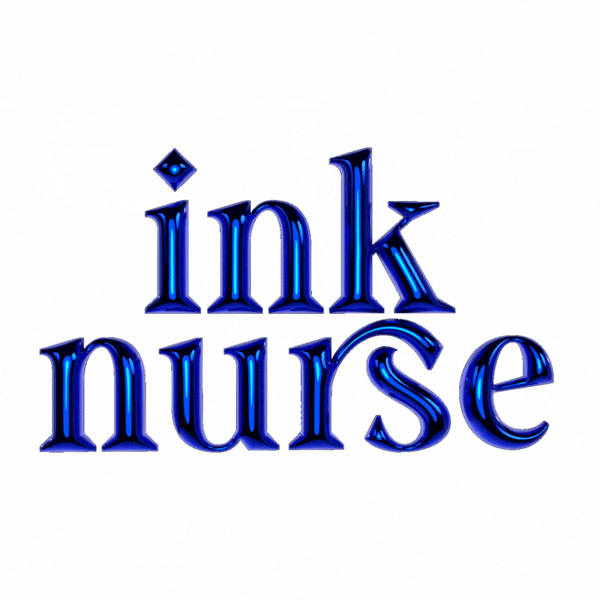
1926: The Untold Stories of Tattooed Women in Prison
Share
What if your skin told a story no one else dared to speak?
In 1926, German psychiatrist and art historian Hans Prinzhorn released a groundbreaking book titled Bildnerei der Gefangenen—Artistry of the Mentally Ill and the Imprisoned. Known today as a foundational work in the study of outsider art (Art Brut), this haunting collection of prisoner and psychiatric patient artwork included something especially rare for its time: photographs of heavily tattooed women.
These images are more than historical curiosities. They are visual time capsules—raw, honest, and defiant. Each tattoo captured in Prinzhorn’s archive speaks volumes about life, trauma, survival, rebellion, love, and identity behind prison walls.
The Language of Ink in a Time of Silence
In early 20th-century Europe, tattooing among women was taboo, especially in prisons and institutions. Society often erased their voices—yet here, their bodies became canvases of expression. Without permission or platform, these women used ink as their means of storytelling.
The tattoos documented by Prinzhorn weren’t the refined studio pieces we know today. They were primitive, hand-poked, improvised—but deeply symbolic.
From lions, daggers, and stars to Madonnas, palm trees, and love letters, the imagery reads like a secret code:
-
A lion symbolised strength, protection, or male partners.
-
Daggers and skulls represented danger, betrayal, or mourning.
-
Madonnas and doves echoed themes of motherhood, purity, and lost innocence.
-
Stars and palm trees hinted at yearning for freedom or spiritual escape.
These women wore their pain and power on their skin—inked resistance in a world that confined them.
A Different Kind of Canvas
When we talk about skin at Ink Nurse, we honour it as a living, breathing narrative. For many of our customers, tattoos are milestones—marks of transformation, grief, love, or survival.
These historic images remind us that this isn’t a new phenomenon. Tattooing has always been a sacred ritual, even when stripped of ceremony. In the darkest corners of history, people have used their skin to reclaim identity and leave behind proof that they were here—and that they mattered.
Why This Matters Today
We’re more tattooed today than ever before. But with each design, we carry forward a legacy older than Instagram or tattoo studios. The tattooed women of 1926 may not have had access to sterile needles, aftercare products, or safe spaces—but they had ink, and they had each other.
At Ink Nurse, we believe in preserving and protecting those stories. Your tattoos are more than art—they’re your archive. Just like the women in Prinzhorn’s collection, your skin is your story.
Further Reading + Resources:




